Blog Technology industry trends
What is SDLC? Software Development Life Cycle Explained
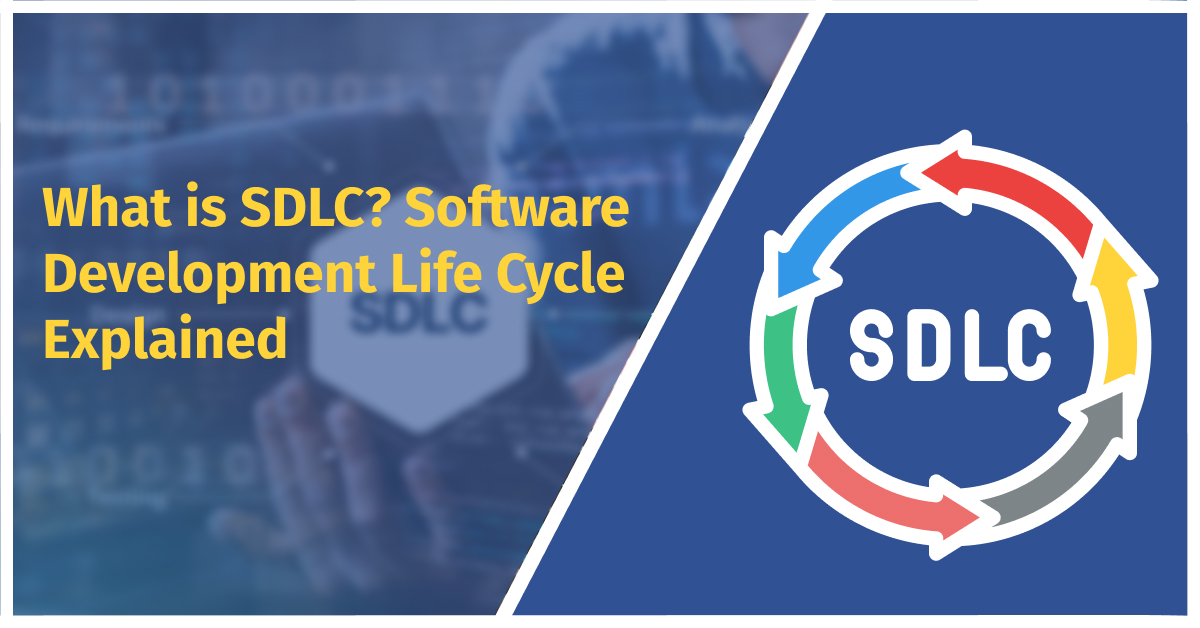
Introduction
You have probably heard of the software development life cycle (SDLC) strategy if you are in the development industry. SDLC can be used to plan, design, develop, test, manage, and deploy software cost-effectively and standardized. With this strategy, you can have specific goals for software development and minimize potential risks.
Hence, a project manager, software engineer, developer, or designer must learn about the SDLC. So, in this blog, we have included all the insightful details about the software development life cycle (SDLC). We have also included examples and tools that can be used in the SDLC.
What is the Software Development Life Cycle (SDLC)?
The software development life cycle is an approach that helps to structure, outline, and perform software development. With this, you can create a systematic procedure through which the complex process is broken into different stages for efficient software development.
The software development life cycle consists of seven stages: planning, analysis, design, implementation, testing, deployment, and maintenance. Whether you are a developer or a project manager, learning the SDLC will be highly important in attaining high-quality results.
Importance of Software Development Life Cycle
The SDLC strategy helps maintain quality and is crucial for control over the overall development process.

With the right kind of software development life cycle, you face various advantages that include the following:
-
Clearly Defined Goals: With the standard SDLC, you can clearly explain the whole project and define the goals. It also helps manage resources, control risks, and adhere to deadlines without scope creep. It can be smooth for the development team after setting up the goals, tasks, resource usage, and deadlines.
-
Quality Improvement: If the SDLC is followed stepwise properly at all stages, the software developed will be free from errors and meet the client's requirements without problems.
-
Cost-effective: The SDLC process reduces error and lets you use resources within a specific budget. This helps you efficiently minimize unnecessary costs at all stages involved in the development process.
-
Flexibility with Control: SDLC enables you to complete the project without delay using the predefined roadmap. You can also work and perform the development process flexibly and regularly test through SDLC to attain control over quality.
Why is SDLC Important for Tech Professionals?
As a tech professional, if you want to build a successful career in the software development field, then learning the SDLC from start to end is essential. With the SDLC skills, you can:
1. Improve the Project Management
If you are a beginner project manager, then learning the SDLC can help you become a successful professional. SDLC helps you manage the project effectively by ensuring that every phase is completed within an allotted budget. Are you a project manager but confused about the salary in the field? Ensure you read our guide about the latest statistics on project management job salaries in the USA.
2. Enhances the Communication
With knowledge of SDLC, you can improve the overall communication of the project, ensuring that everyone related to the project stays on the same page. Regular communication can also help you achieve the desired results without issues.
3. High-Quality Outcomes
With the SDLC process, you can ensure the quality of the developed software and fulfill clients' expectations. Through the different phases, you can not only remove errors but also stay within budget for better results.
4. Efficient Problem-Solving
If you learn SDLC, you can address issues during the development phase and solve problems smoothly. It can also help you eliminate errors and improve your problem-solving skills.
What Are Software Development Life Cycle Phases?
As mentioned above, there are 7 phases of the software development life cycle that you must follow for high-quality project management.
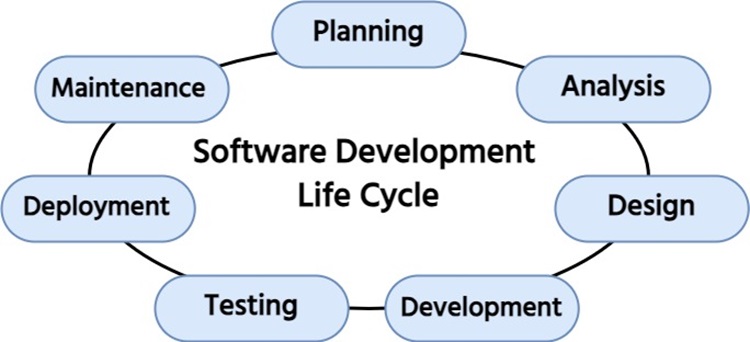
The SDLC process starts with the planning and finishes with the maintenance, so here is a brief explanation of these phases:
1. Plan the Project
The first phase of the software development life cycle model involves planning, information collection, and evaluating the project's scope. In the planning phase, you must evaluate the potential revenue requirements and allotted budget. This phase is essential to creating the project scope and documenting all the requirements throughout software development.
2. In-depth Analysis
After gathering the information and planning for the development, the team must start the analysis process to compare the planning with the client's requirements. It helps discover the financial and technological requirements to build custom software that meets the client's needs.
3. Design the Project Scope
Once you gather all the important information, resource requirements, budget limits, objectives, and deadlines, it is time to document everything as the project scope. This outline or documentation is a software design document (SDD) in software development. It details the tools, templates, programming languages, frameworks, and security measures used for the development work. After creating the outline, project managers must share it with the other team members and brief them about the next phases. In the design phase, the development team also needs to pitch the potential design of the final product for more clarity.
4. Software Development
In this phase, team leaders divide the entire development process into modules and let the team members develop these small modules. This helps the development team build custom frameworks and evaluate bugs easily. In this phase, developers must generate custom programs per the requirements.
5. Software Testing
After the successful development, it is time to test the entire software to ensure its quality. During testing, the team must check the functions, options, and services developed for the custom software. The quality assurance and software testing team needs to perform multiple tests such as performance, functional, security, usability, and unit testing. Moreover, they must perform the acceptance testing at the end to compare the developed software with the requirements evaluated in the planning phase.
6. Deployment
In this phase, your team must share the tested version with the beta testers (end-users), who will use the custom software and find additional bugs and issues. The deployment phase works as the filtering phase to detect errors that were undetected during the testing phase. Once you get the feedback from the end users, your team must work to eliminate the errors ASAP.
7. Maintenance
After implementing the software into the current system, your team needs to perform regular maintenance to ensure everything works smoothly and without bugs. In this phase, the development team needs to resolve the bugs and issues the users find while using the custom solutions.
Methodologies for SDLC
You can use different methodologies for a highly efficient software development life cycle. Although there are multiple methodologies, it is essential to choose the right one. That's why we have listed five best software development life cycle models:
1. Waterfall Model
Waterfall is the simplest model, with a linear development cycle with rigid phases. In this model, phases work in the sequence, so you only have to move to the next sequence when the previous phase ends.
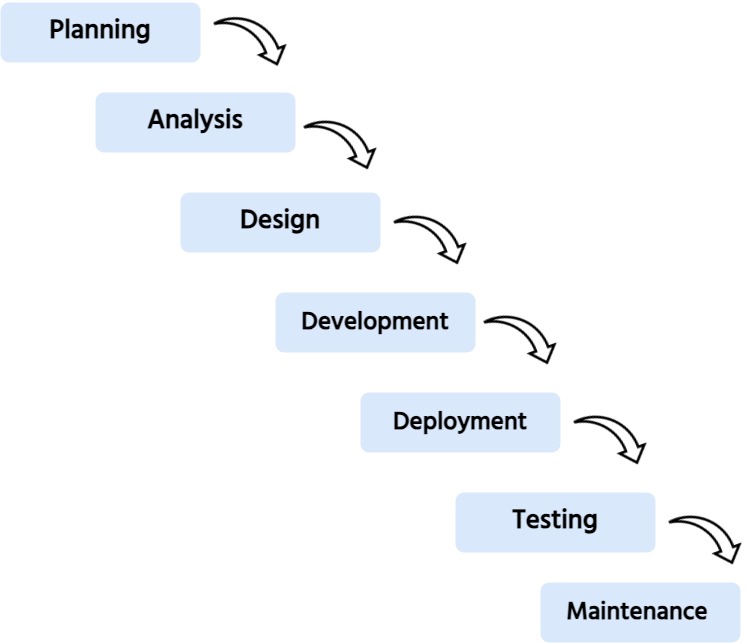
It works as the water flow, where you can't move back to the previous phase even if it requires any modifications. That's why the development team must complete the entire phase and move to the next.
2. Agile Model
The agile model in SDLC is a slightly advanced version where you can divide the entire development process into small chunks. In the agile model, you can create small cycles to perform software development iteratively.

The agile model lets team members manage software development flexibility with rapid adjustments. As the project manager, you can use different agile methodologies such as Extreme Programming, Scrum, and Kanban.
3. The V-Model
The validation and verification model (V-model) performs the coding and testing side by side. In this model, you can test the development during the coding to ensure the quality.
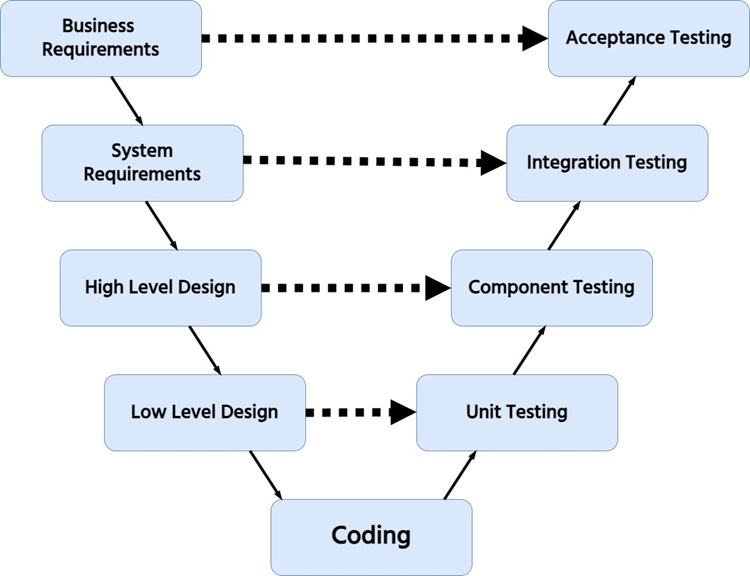
It is useful when the client's requirements are aligned with the project scope, and you need rapid testing. With this model, you can assign more actionable tasks to your QA teams for the entire project.
4. Spiral Model
The spiral model combines iterative development with the systematic process flow from the waterfall model.
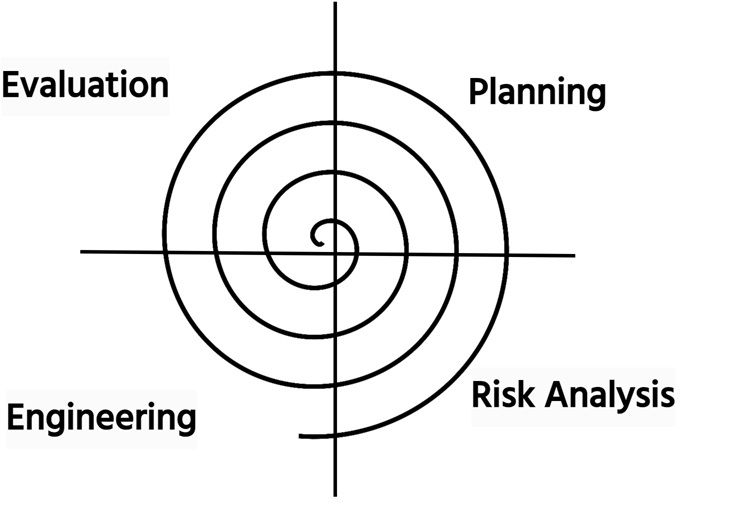
It has four major phases: planning, risk analysis, engineering, and evaluation. The spiral model consists of different cycles for better risk analysis. In this model, the project goes through a spiral to reduce the risk and prioritize the rigid flow.
5. RAD (Rapid Application Development) Model
In the RAD model, you must follow the regular prototyping and iterative process. This model is useful when you need a rapid development process and a quick feedback method.
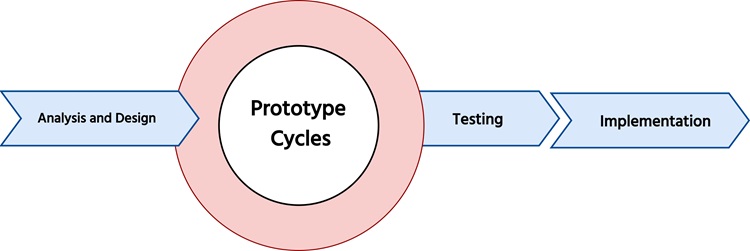
You can use this model to prioritize the development process instead of planning and analysis. With the RAD model, you can also increase the development time and deliver the custom solution faster for users.
Conclusion
So, this is everything you need to know about the software development life cycle and why you must learn it to become a successful developer, product manager, and business analyst. We have also included brief details about the software development life cycle models, which you can use as per the project's requirements. Moreover, as a skillful project manager, you must learn project scope skills essential for the high-quality life cycle of software development.
Frequently Asked Questions (FAQs)
Q.1 What are the 7 phases of SDLC?
Ans. The 7 phases of SDLC include planning, analysis, design, development, deployment, testing, and maintenance.
Q.2 Is SDLC Waterfall or Agile?
Ans. In the Software development life cycle, the Waterfall and Agile methodologies can be used according to the project's requirements.
Q.3 What is Scrum in Agile?
Ans. Scrum in Agile is a management framework that you can use to self-organize tasks and work on a common objective with other teams of the same project.
Q.4 What is risk in SDLC?
Ans. In SDLC, risks are the obstacles that can impact the phases, quality, and budgets during the software development process.



